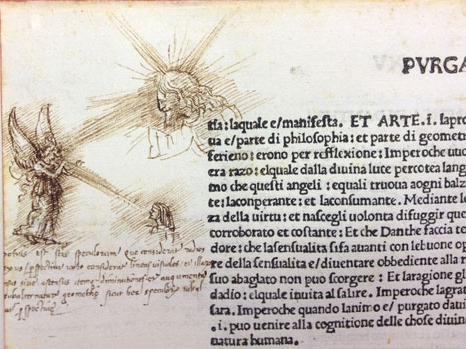
William H. Sherman, Professor of English, University of York
November 14, 2013 (Thursday)
Butler Library, Room, 523, at 5:00 p.m. (please note the earlier time)
Recent scholarship in the lively field of marginalia has treated readers’ marks almost exclusively as a verbal phenomenon – as words, that is, next to other words. But in doing so we have lost sight of sight itself, and the ways in which readers used images as well as words to make their books beautiful, meaningful, and useful. Between medieval illumination and modern illustration, there are many traces of reading as a visual mode, signs that we have been slow to see and study and for which we are poorly served by both methodology and terminology. This illustrated lecture will consider the range of images produced by readers between 1450 and 1750, and will suggest that reading was closely bound up with seeing – and even drawing – across the Medieval/Renaissance divide.
William Sherman’s recent publications include Used Books: Marking Readers in Renaissance England (University of Pennsylvania, 2007) and a special issue of The Huntington Library Quarterly on Prison Writings in Early Modern England. He has edited Shakespeare’s Tempest for Norton and Jonson’s Alchemist for Cambridge and is now completing the Arden Early Modern Drama edition of Marlowe’s Jew of Malta. He is writing a study of visual marginalia called The Reader’s Eye and editing a collection of essays – with Juliet Fleming and Adam Smyth – on Renaissance Collage.
Co-sponsored with the Department of Latin American and Iberian Cultures, Columbia University
———————————
The Book History Colloquium at Columbia University, open to any discipline, aims to provide a broad outlet for the scholarly discussion of book history, print culture, the book arts, and bibliographical research, and (ideally) the promotion of research and publication in these fields. Our presenters include Columbia faculty members and advanced graduate students, and scholars of national prominence from a range of institutions.
Questions? Email Karla Nielsen.